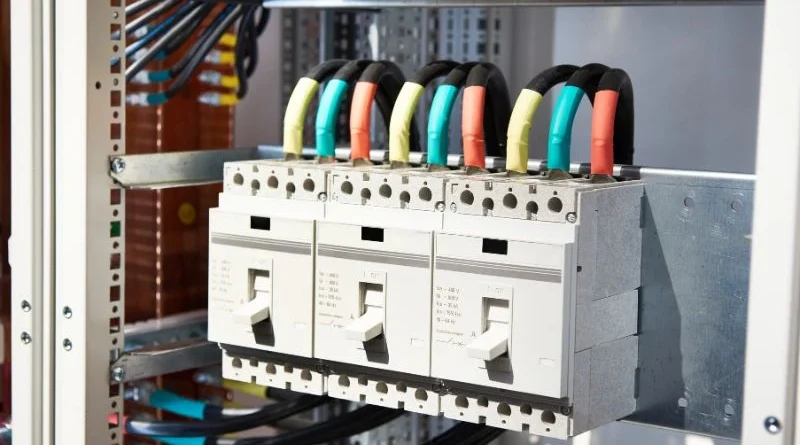
In the world of electrical systems, safety and reliability are of utmost importance. An essential component that plays a crucial role in ensuring the integrity of electrical circuits is the Air Circuit Breaker (ACB) . ACBs are important devices that protect electrical systems against overcurrents and short circuits, keeping equipment and personnel safe. This comprehensive guide delves into the world of open circuit breakers and explores their features, benefits and applications.
Information about overhead circuit breakers
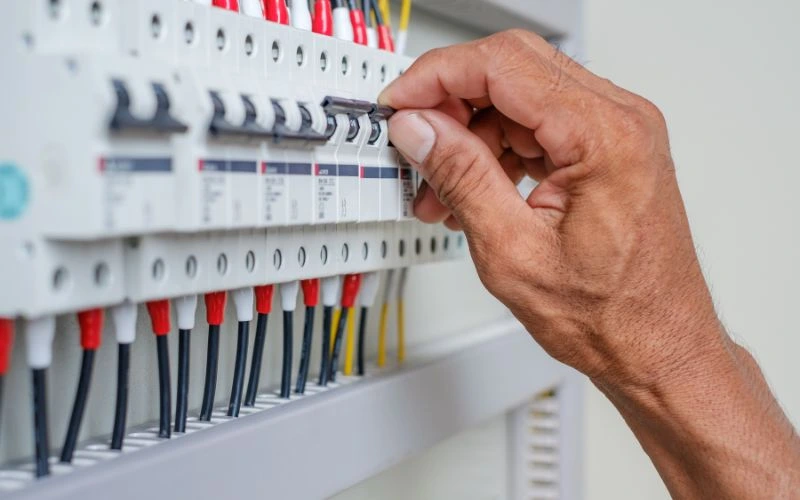
Overhead circuit breakers (ACBs) are essential devices that protect electrical systems against overcurrent and short circuits. They use compressed air as an arc extinguishing agent to interrupt the electrical current when a fault is quickly detected. To understand ACBs, it is necessary to understand their main components, such as the structure, operating mechanism, contacts, arc chamber and trip unit, and appreciate their important role in ensuring the safety and reliability of electrical systems. .
What is an overhead circuit breaker?
An air circuit breaker (ACB) is a circuit breaker that uses compressed air as an arc extinguishing agent to stop the flow of current when a fault is detected. Protects circuits and devices against overcurrent, short circuits and other electrical faults.
How does an overhead circuit breaker work?
An ACB works based on the principle of thermomagnetic protection and arc extinction. If an error occurs, such as: B. an overcurrent or a short circuit, the electromagnetic coil of the ACB generates a magnetic field. This magnetic field exerts force on the moving contacts, causing them to separate and interrupt the flow of current. At the same time, compressed air is released to extinguish the arc that forms when the contacts separate. This double action mechanism guarantees quick and effective circuit interruption.
Main components of a pneumatic circuit breaker
To understand how an ACB works, it is important to understand its main components:
- Frame: The frame is the outer shell that houses all of the internal components of the ACB. Guarantees mechanical stability and protection.
- Operating mechanism: The drive is responsible for opening and closing the contacts. Depending on the application, it can be operated manually or motorized.
- Contacts: Contacts are the heart of an ACB. They conduct electrical current and disconnect when a fault occurs.
- Arc Sliding: The arc chamber is designed to extinguish the arc that occurs when contacts separate. It uses compressed air or other arc extinguishing media to quickly extinguish the arc.
- Trigger unit: The trigger unit is the brain of the ACB and is responsible for detecting errors and initiating the firing action. Includes several protection relays and sensors.
Advantages of overhead circuit breakers
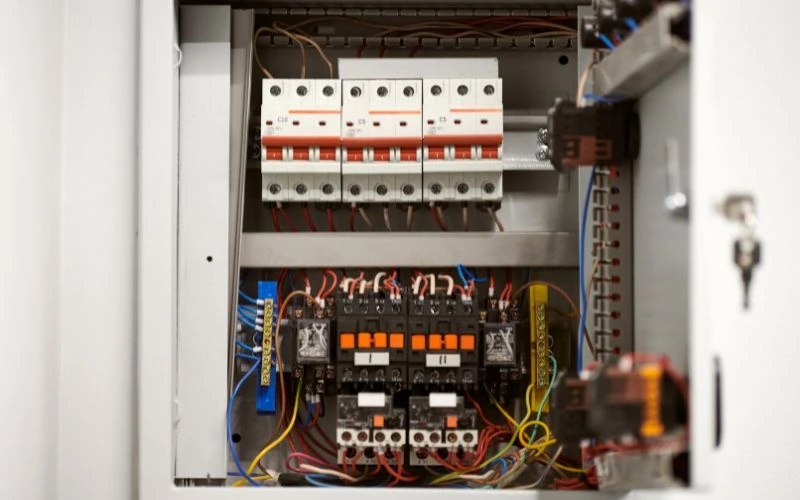
Now that we have a solid understanding of how ACB works, let's explore the numerous benefits they offer in a variety of applications:
High interrupting capacity
One of the biggest advantages of pneumatic switches is their high breaking capacity. They can handle large fault currents and provide reliable protection for electrical systems. This capability makes them suitable for use in industrial applications where high fault currents are common.
Customizable protection
ACBs have several protection features that can be tailored to specific application requirements. These features include customizable current settings, short-term and long-term delay settings, and multiple trip curves. This level of customization ensures that ACBs can protect sensitive equipment while still allowing for controlled overloads in certain situations.
Long service life
Pneumatic switches are known for their durability and long service life. They require minimal maintenance, making them an economical choice for many industries. Its robust construction and high-quality materials also ensure reliable operation even in harsh environments.
Applications of overhead circuit breakers
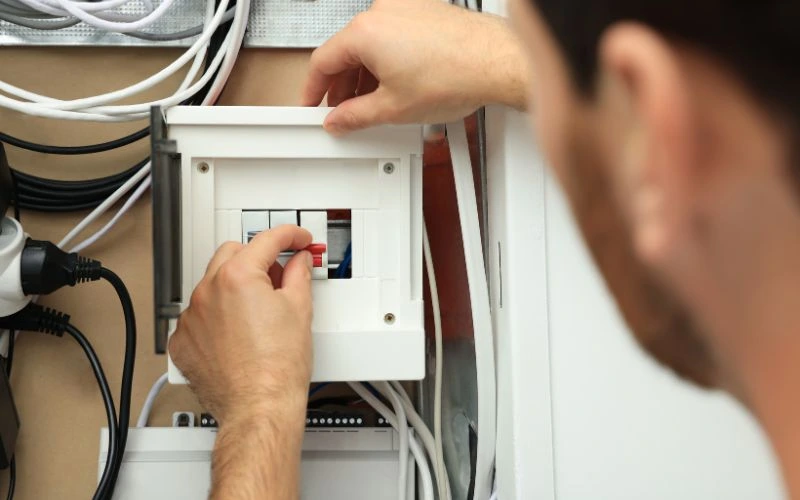
Open circuit breakers find application in a variety of industries and environments. Here are some of the main areas where open circuit breakers are commonly used:
Industrial facilities
In industrial installations where electrical systems are subject to high loads and frequent fault conditions, ACBs are an important part of the electrical distribution system. They protect machines, motors and other important devices from damage caused by overcurrents and short circuits.
Commercial buildings
Pneumatic switches are also used in commercial buildings to protect circuits and equipment. They protect lighting, HVAC systems and other electrical loads, ensuring uninterrupted operation and safety.
Electricity generation and distribution
ACBs play a crucial role in energy generation and distribution systems. They protect transformers, generators and transmission lines from electrical failures, minimize downtime and ensure a stable power supply.
Air switch maintenance and care
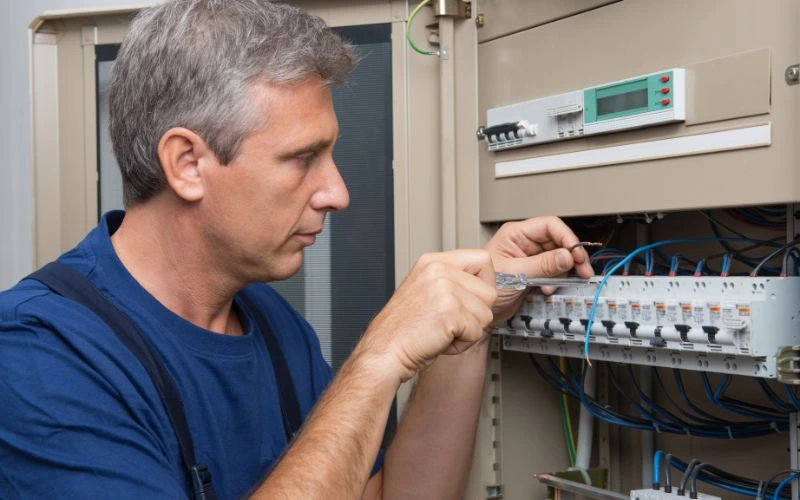
Although pneumatic switches are known for their robustness and longevity, regular maintenance is essential to ensure their continued reliability. Here are some maintenance and care tips to keep your air switches in top condition:
Visual inspection
Perform routine visual inspections to look for signs of damage or wear. Look for loose connections, overheating, corrosion, or physical damage to ACB components. If you encounter any problems, correct them immediately to avoid possible failures.
cleaning
Keep the ACB and its surroundings clean and free from dust, dirt and debris. Regular cleaning helps maintain adequate ventilation and prevents the build-up of contaminants that can affect ACB performance.
lubrication
Some ACB components, such as Some parts, such as the moving parts of the operating mechanism, may need to be lubricated regularly. Follow the manufacturer's recommendations for type and frequency of lubrication to ensure smooth operation.
Functional test
Periodically test ACB functionality using a test kit to simulate error conditions. Ensure that the trip unit is functioning properly and that the ACB can interrupt power as intended. Regular testing helps identify potential issues before they become critical.
Electrical Test
Perform electrical tests to verify the contact resistance, insulation resistance, and continuity of the ACB. These tests can help detect electrical failures or deterioration of the ACB's internal components.
Conclusion
In summary, open circuit breakers are essential components of electrical systems and provide robust protection and reliability in a variety of applications. Their high breaking power, customization options and long service life make them the preferred choice for industries where electrical safety is of utmost importance. Whether in industrial facilities, commercial buildings or power generation plants, open circuit breakers protect circuits and equipment, ensuring uninterrupted operation and peace of mind for engineers and factory managers.
Common questions
1. What is the difference between an open circuit breaker (ACB) and a molded case circuit breaker (MCCB)?
Although both ACBs and MCCBs are circuit breakers, they serve different purposes. ACBs are designed for higher interrupting ratings and are often used in industrial environments where high fault currents are expected. MCCBs, on the other hand, are used for lower power applications in residential and commercial buildings.
2. Are there any safety precautions to follow when working with open circuit breakers?
Yes, safety is of utmost importance when working with electrical devices, including ACBs. Always ensure that the circuit is de-energized before carrying out any maintenance or inspection. Follow proper lockout/tagout procedures, wear appropriate personal protective equipment (PPE), and allow only trained personnel to work in ACBs.
3. Can pneumatic switches be retrofitted into existing electrical systems?
It is possible to retrofit ACBs into existing electrical systems, but this may require careful planning and coordination. It is important to consult an experienced electrical engineer or technician to evaluate the feasibility and compatibility of retrofitting ACBs into your specific system.

